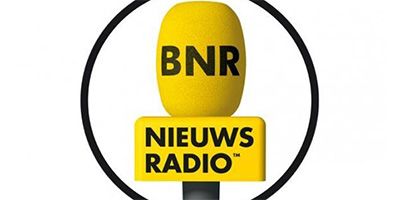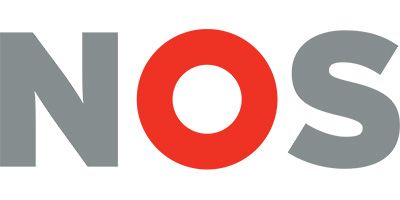
From Ronald McDonald, who welcomes guests to the yellow fast-food chain, to the boy who has been smiling at Kinder chocolate buyers for decades, brand characters have played a crucial role in marketing.
Brand characters come in many shapes and sizes. For example, they can appear as animated mascots like the comical M&M’s figures. They can also take the form of recurring advertising characters, such as Captain Iglo, who has been portrayed by various actors over the decades but has always remained consistently recognisable as a character.
What is the value of such a brand character? How does a character contribute to the recognisability and appeal of a brand? And what are the practical do’s and don’ts to make the most of your brand character? In this blog, we outline the latest scientific insights.
Characters are a Distinctive Brand Asset – and not the least!
If you work in the world of branding and marketing, chances are you've come across the work of Byron Sharp in recent years. In his book ‘How Brands Grow’, he debunks a handful of persistent branding myths, providing a scientifically grounded alternative with empirical data.
One of his most revealing findings is that people rarely buy brands out of passion, but simply out of convenience. Brands make it easy for us. Our brain prefers this because it enables us to make smart choices with minimal effort.
The data shows this too: the more brands have physical availability (number of sales channels, good shelf positions, number of facings shelf space, etc.), the larger their market share becomes.
But mental availability is also essential: the more traces a brand engraves in our memory, the more often we think of it in buying situations, and the faster the brand automatically stands out when we are in front of the store shelf.
One of the driving forces of that mental availability is Distinctive Brand Assets. These are all distinctive features that help consumers distinguish one brand from another. Think of a logo, slogan, colour, visuals, typography and… last but not least, brand characters.
Why brand characters are such an important distinctive brand asset
The goal of your brand assets is to make them as distinctive as possible for your brand. A strong asset directly activates the association with the target brand, ideally without unintentionally activating competitors as well. This last criterion – the uniqueness of an asset – makes some types of assets difficult to truly distinguish your brand. Often, assets are more linked to the overarching category than to a specific brand. This happens, for example, with colour: the colours yellow, orange, and red in the fast-food category may evoke associations with McDonald’s, but also with Burger King, KFC, and many others.
With brand characters, this is a different story: they are relatively easy to make distinctive. When you are face to face with Ronald McDonald, no neuron in your brain will associate him with Burger King. In other words, brand characters have the potential to be extremely distinctive.
Brand characters don't walk away, celebrities do
Brand characters belong to the broader category of human-like brand assets. Celebrities and characters portrayed by actors also fall under this. Some brands prefer to focus on a celebrity rather than a self-created brand character. For example, George Clooney is an important asset for Nespresso.
And while celebrities can potentially be a valuable brand asset, they bring a significant challenge: they are people (and generally not the easiest to work with). They want money, get bored, and end up in all sorts of scandals. Partnerships between brands and celebrities are therefore rarely long-lived. There is not much time to truly establish them as a strong brand asset.
Brand characters are significantly easier to develop into a full-fledged brand asset. You can use them consistently for years, across many touchpoints with the consumer. In the case of drawn and animated brand characters, nothing stands in the way of consistent use. With played brand characters, it is a bit more challenging (as, cruel as it may be, Captain Iglo has died several times). It is important to implement enough distinctive elements in appearance (clothing, hair, jewellery, etc.) to keep the character distinctive, regardless of which actor portrays it.
This is how your brand character grows into your strongest brand asset
As with all your brand assets, a new brand character will not become distinctive overnight. It takes a lot of time, love, and science. But if you follow the tips below, you are assured of consistent growth in the recognisability of your assets.
1- Be consistent. Although it is tempting to introduce something entirely new every few years, brand assets above all need consistency. Modernising is allowed, but do not carelessly discard what makes your brand distinctive.
2- Use your character widely. Every time the consumer encounters your character, a stronger connection between the asset and the brand is formed in the brain. Therefore, it is important to have your brand character appear in as many touchpoints as possible: in campaigns, physically and online.
3- Testing. Developing strong brand assets cannot be done without good research. By periodically monitoring your unique brand assets (and those of your competitors) for their distinctiveness, you know if you are on the right track for each asset and if it can benefit from further refinement.


 EN
EN  NL
NL 




